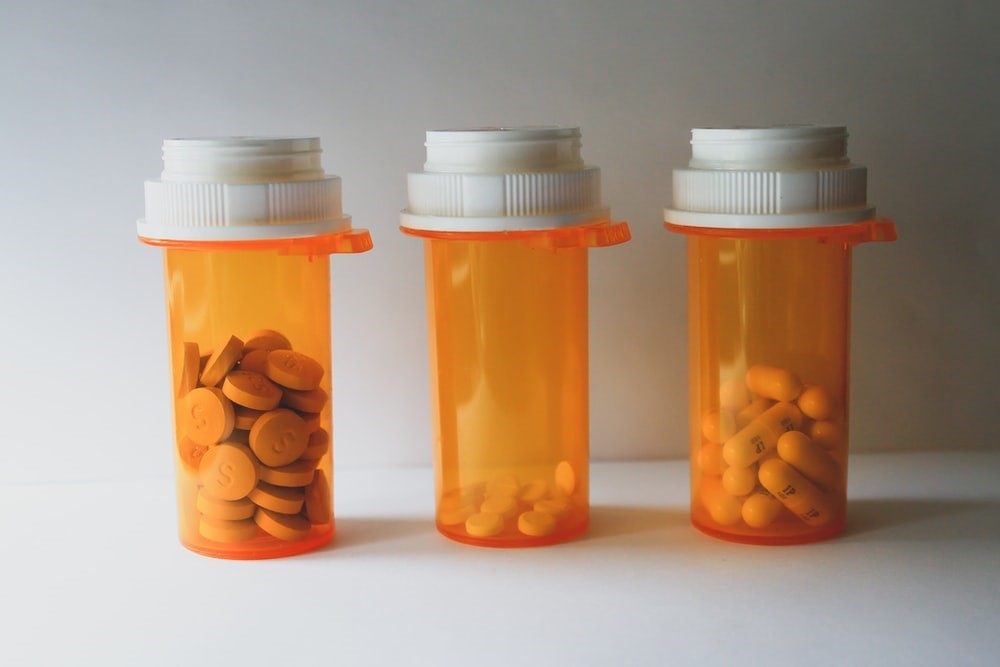Medication Disposal: How to Dispose of Unwanted Medications

Medication disposal can be a difficult task if you don’t know where to start. Do you have a drawer full of old medications that you don’t know what to do with? Medications that have expired or are no longer needed or wanted can be disposed of in multiple different ways. You can take these unwanted medications to a drug take back program or you can dispose of them yourself at home. It is important to know how to dispose of medications properly so that potential issues of misuse, abuse and accidental poisonings can be avoided.
Drug Take Back Programs
The Drug Enforcement Administration (DEA) often sponsors prescription drug take back and drop off programs for medication disposal. This is the best way to get rid of expired, unwanted and unneeded medications. A quick way to find one of these programs in your area is to do an internet search for “drug take back program” followed by your city and state. Example: “drug take back program in Chesterfield, MO.” Some of these programs are only run once or twice a year, but others are available every day of the year, some even 24/7. If you are local to Corum Health Services, here are a few drop off sites in our area:
Chesterfield, MO Police Department
690 Chesterfield Pkwy W, Chesterfield, MO 63017
https://www.chesterfield.mo.us/prescription-drug-box.html
Ellisville, MO Police Department
37 Weis Ave, Ellisville, MO 63011
https://www.ellisville.mo.us/196/Prescription-Drug-Take-Back-Program
Visit http://www.missourip2d2.org/locations.php for additional drop off locations in the Saint Louis area.
Disposing of Medications at Home
Medication disposal through a drug take back program should always be your first choice. However, if there are no boxes available in your area, you are unable to travel, or if you feel as though someone in your household is in immediate danger by having unwanted medications present, use the following guidelines to dispose of medications at home.
Check the Label
Check your unwanted medication labeling for disposal instructions. Some labels or patient information sheets will contain specific medication disposal instructions. If present, these instructions should be followed.
Flushing Medications
Flushing medications down the toilet is not recommended in most cases, however some medications should be flushed when no longer needed if no take back programs are available. The FDA recommends flushing the following medications: buprenorphine, fentanyl, diazepam, hydrocodone, hydromorphone, methadone, morphine, oxycodone, among a few others. Visit the following page for more information: https://www.fda.gov/media/109643/download
Throwing Medications Away
Nearly all medications except for those mentioned on the FDA flush list (above) can be discarded in your household trash. The following steps should be followed:
- Remove medications from their original containers and place into a sealable bag or container (This can be done with pills, liquids, drops, patches, creams, etc.)
- Mix the medications with an undesirable substance, such as cat litter, dirt, or used coffee grounds. This step will make the medication less appealing to children or animals who might go through the trash.
- Pour soda or another carbonated beverage into the container to start dissolving the medication.
- Seal the container and tightly wrap with duct tape.
- Throw the container directly into your trashcan.
- To protect your privacy, scrape off or mark out personal information from the prescription label before discarding empty vials and packaging.
Additional Guidelines
Fentanyl
Fentanyl is a strong narcotic pain medication that carries significant risk of abuse, misuse, and overdose. Even one occurrence of accidental exposure can lead to death due to overdose. Because of this, fentanyl patches have special instructions to dispose of both used and unused patches by folding the patch into itself (attach the adhesive ends together) and flushing the patch down the toilet.
Inhalers
Inhalers and other aerosol devices are often not accepted via drug take back programs. These products may become dangerous if punctured or put into fire, so they should be treated appropriately. The FDA recommends reading the handling instructions on the specific inhaler or aerosol in question’s labeling. In general, if the canister is empty, it is acceptable to discard in your regular trash.
Sharps
Needles and sharps should be packaged in rigid, puncture resistant containers before disposal. Sharps containers are available for purchase; however, you may also use common household containers such as an old laundry detergent container or a metal coffee can. Never throw loose needles directly in with your trash. Once sharps are packaged appropriately in containers and sealed, it is then appropriate to throw the container in with your regular trash.
Resources:
- Missouri Prescription Pill and Drug Disposal Program (P2D2) provides information specific to Missouri and Saint Louis County: http://www.missourip2d2.org/
- The National Association of Boards of Pharmacy (NABP) has a Drug Disposal Locator Tool that can be used to help find disposal boxes in your area: https://safe.pharmacy/drug-disposal/
- U.S. Food & Drug Administration (FDA) provides guidance on the following:
- https://www.fda.gov/consumers/consumer-updates/where-and-how-dispose-unused-medicines
- Flushing Medications: https://www.fda.gov/drugs/disposal-unused-medicines-what-you-should-know/drug-disposal-flush-potentially-dangerous-medicine#FlushList
- Sharps disposal: https://www.hhwstl.com/unacceptable-waste-disp#medical
Written by: Megan Holland, PharmD

Other posts by Megan:
What Does Your Pharmacist Actually Do All Day? – Corum Pharmacy

